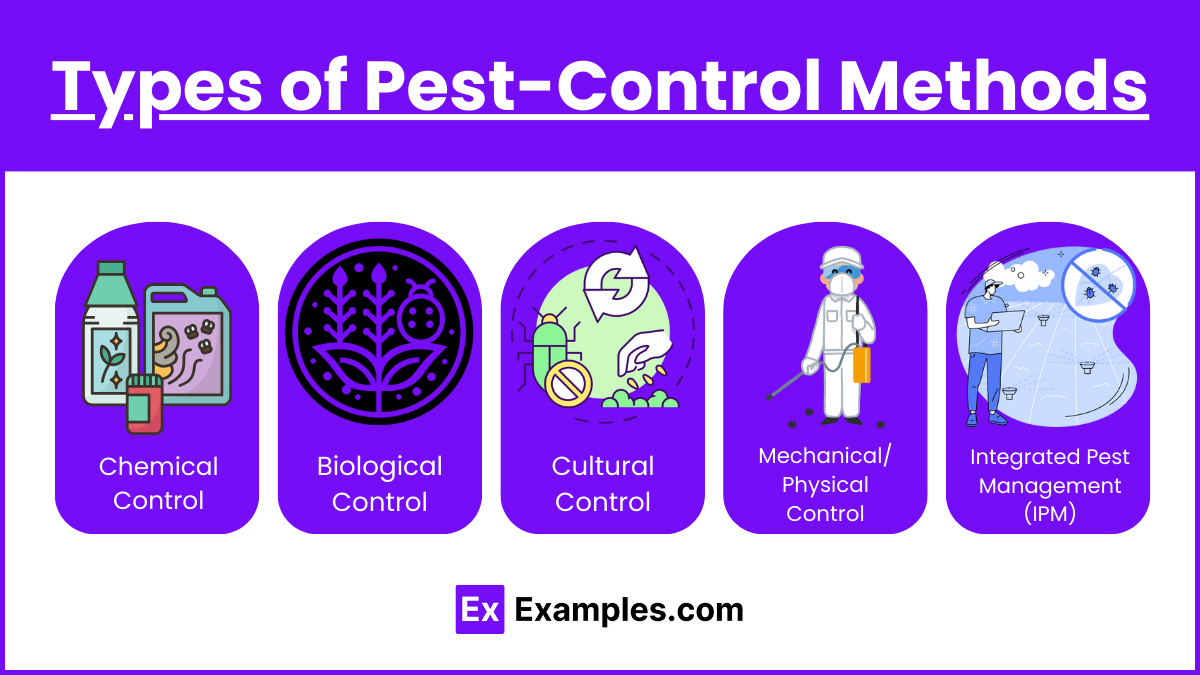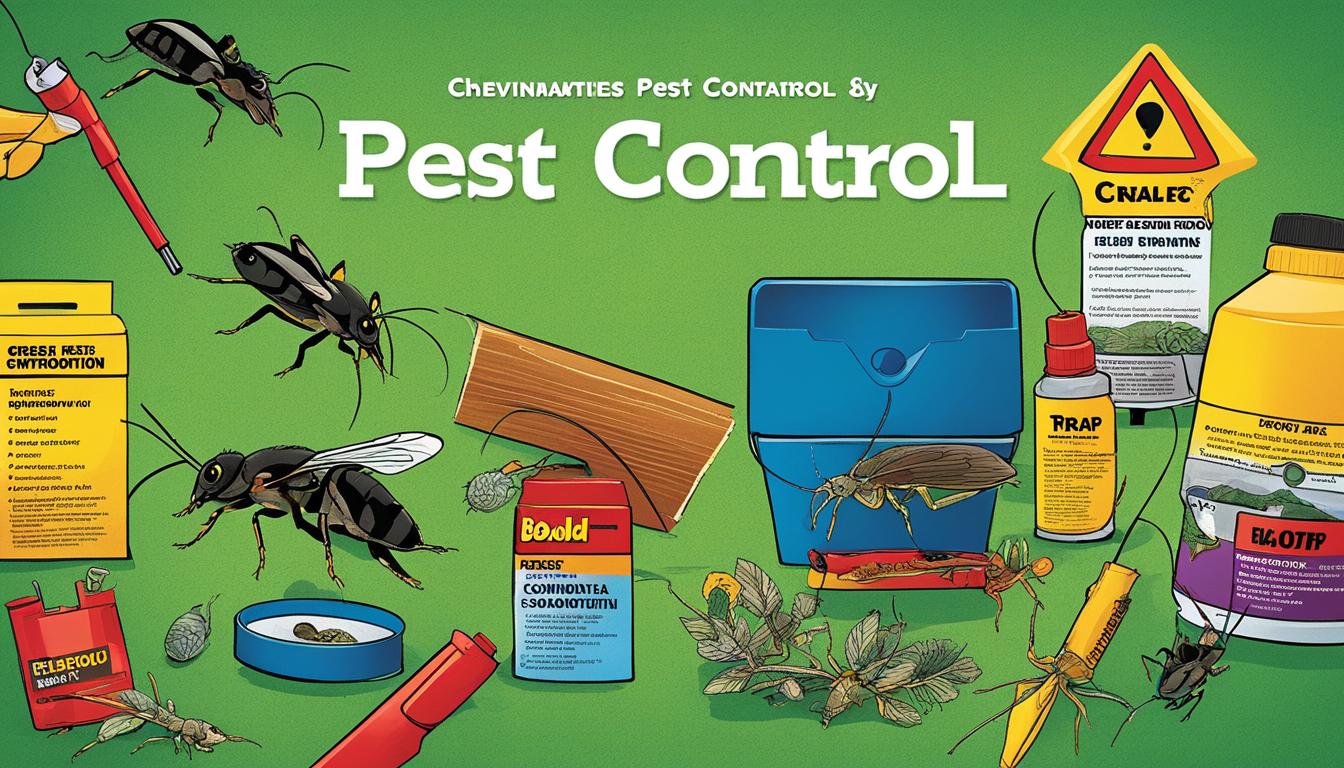The Best Strategy To Use For Pest Control
The Best Strategy To Use For Pest Control
Blog Article
Things about Pest Control
Table of ContentsThings about Pest ControlSee This Report about Pest ControlPest Control Can Be Fun For EveryoneRumored Buzz on Pest ControlUnknown Facts About Pest ControlThe Basic Principles Of Pest Control
Our findings show that the initial assessment will set you back anywhere from $160-$300 typically. Preferably, house owners ought to arrange assessments for their houses at the very least once a year. From there, several pest control experts set rates based upon the customer's details demands. This usually sets you back anywhere between $400-$1000 for the whole year's coverage, with regular monthly or bi-monthly sees already rolled into the final expense.Depending on the issue, a job that calls for an one-time see normally costs $300 to $550. These are the easiest rates to detail in your insect control costs checklist.
Insects that typically requires continuous gos to include: Cockroaches. Our searchings for reveal that an initial go to is about $180 and is the very first of an ongoing contract. During this initial see, you need to: Analyze the problem.
12-month contract. In basic, the regularity of routine visits is: On a monthly basis: $40 45. Every 2 months (semi-monthly): $50 60. Every 3 months (quarterly): $100 300. Bug control is a chemically-intensive business. Nevertheless, chemicals are the key materials that pest control men make use of to finish a work. Usual chemicals include: Boric acid.
Some Ideas on Pest Control You Need To Know
Essential materials and supplies you'll utilize consist of: Respirator. Sprayer. Handwear covers. Duster. Foamer Baiting devices. UV light. Various other security equipment. It is necessary to have every one of the right tools before starting a job. Your tools must be consisted of as component of your expenses prices. If you have employees, then labor costs are mosting likely to be the largest expenditures for your business.
Limitations of Chemical Monitoring Be able to examine insect problems, determine if monitoring is needed, and make suitable recommendations making use of IPM methods. Be familiar with different approaches of insect management - their advantages and limitations.
This chapter talks about (IPM), an approach that utilizes knowledge concerning parasites and their, techniques, nonchemical approaches, and chemicals to manage parasite issues. Extra information concerning IPM for particular plants is consisted of in chapters that focus on those plants. Nonchemical insect control steps are emphasized in chapter 17, "Organic Horticulture." Managing birds and creatures is covered in chapter 20, "Wildlife." Managing in the lawn and garden is covered in phase 6, "Weeds." Pests in a yard or landscape may include bugs and mites, weeds,, animals, and birds.
The Basic Principles Of Pest Control
Bugs and weeds, nevertheless, play a function in the. After planting a garden or establishing a lawn, the all-natural procedure of plant sequence begins to reestablish and nonnative plants.
What we call "pests" are component of a natural system at job. Just people consider particular types pests when they take place where they are not wanted.
Insects prone to a pesticide were promptly eliminated, leaving immune ones to reproduce and multiply. It ended up being clear that chemicals alone would not address all parasite troubles.
An IPM plan allows some level of parasites in the atmosphere. Parasites are much less likely to endure Pest Control a program that uses lots of different approaches of minimizing their populaces. Integrated pest administration was initial suggested by entomologists due to the fact that insects were the very first team of pests to show hard to take care of with chemicals alone.
Not known Facts About Pest Control

Monitoring instead of eradication of insects is the goal. An IPM plan starts with a mindful analysis of each insect problem. Only after that can one decide regarding the appropriate strategies essential to suppress insect tasks. The life cycle of the insect, feasible damages, natural opponents, and effects of weather condition, amongst other aspects, are taken into consideration before a control plan is applied.
Clover expanding in a grass may be considered as an undesirable weed, however as a bean it is synthesizing nitrogen for the dirt and the blossoms are supplying nectar to honey and article various other. Resistance for some weeds might become part of an IPM strategy. may be eating the fallen leaves of a plant, but when they are identified as the larvae of Eastern tiger swallowtail butterflies, their damage might be endured so we can enjoy the gorgeous butterfly.
Matt Bertone Prevention is the very first tool in pest monitoring since it is the most effective, the very least expensive, many environmentally pleasant option. Choosing a healthy and balanced plant that flourishes in the wanted place with the readily available light, growing it thoroughly, and making certain that it has appropriate water and nutrients prevents stress and anxiety and reduces bug issues.
The smart Trick of Pest Control That Nobody is Talking About
The second crucial tool in parasite management is early treatment. Being existing and watchful in the yard ensures early discovery. Responding to troubles quickly, before they have time to increase, calls for a less remarkable treatment. The 3rd essential tool is recordkeeping; tracking what happens in the garden makes it possible for a gardener to acknowledge patterns and make notified choices.
Lots of risk-free, functional, nonchemical approaches of plant protection and bug administration might minimize or get rid of the requirement to spray. Other techniques are most beneficial when used with pesticides. To implement monitoring techniques appropriately and to decrease losses, garden enthusiasts should recognize the kinds of parasites that strike plants and comprehend pest biology.
Bug administration techniques fall under four groups: cultural, mechanical, organic, and chemical. Keeping plants healthy and avoiding plant stress helps plants to much better endure and repair the damage brought on by an insect or mite insect. Some proof shows that healthy and balanced plants withstand infestation by parasites much better than plants with low vigor.
Conducting a dirt examination and applying just the suggested quantity of fertilizer and lime makes best use of the benefit to i was reading this the plant while lessening problems connected to extreme use fertilizer. Treatment the soil with numerous inches of mulch shields the plant in several ways: reducing dirt water loss to evaporation, lessening weed competition, giving nutrients, and producing a suitable setting for earthworms and bacteria that keep the soil loosened for roots and damage down organic material to launch nutrients.
The Definitive Guide to Pest Control

If tilling is deemed essential, think about doing it in the fall when the life cycles of several bugs brings them near the surface. At the surface area, pests come to be exposed to the weather as well as birds and other all-natural enemies.
Report this page